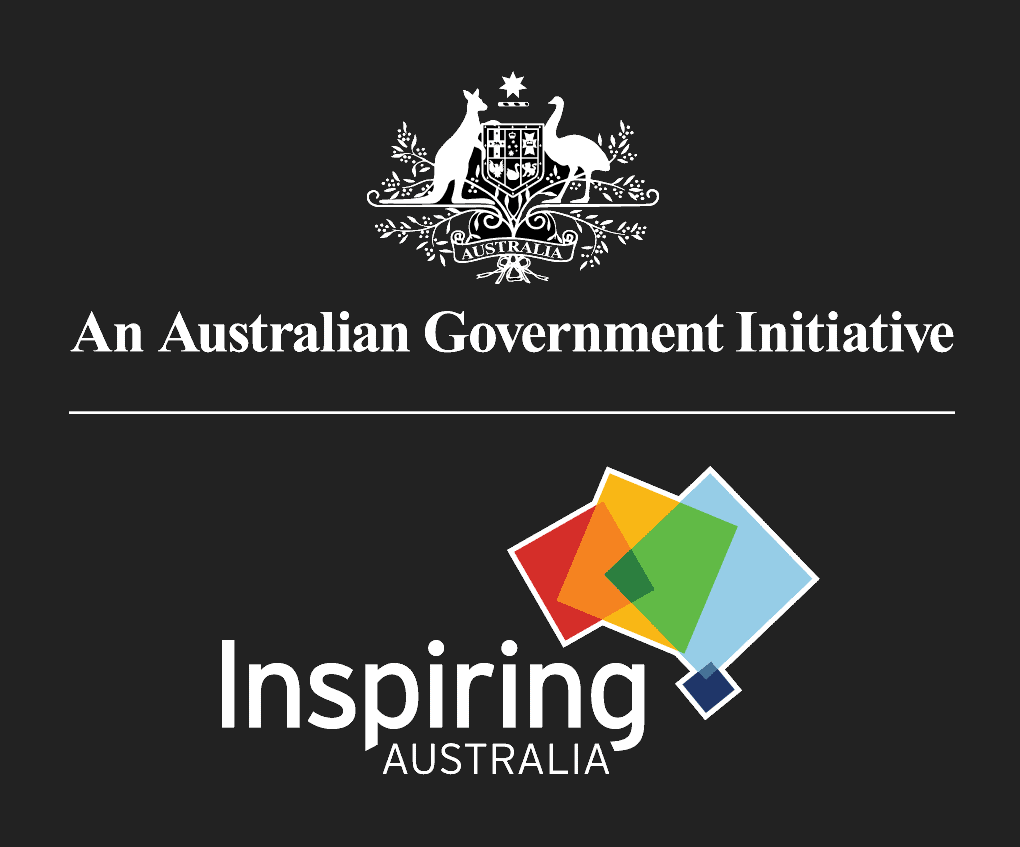When
Tuesday 4th Feb, 1:15 pm
Where
Room B1
Hashtag
#T14
Category
Impact
Producer
Fiona McNee
Abstract
As science communicators, our purpose is making science accessible for wider audiences. More than any other sector of the science community, we understand modern science’s audiences are both multiple and diverse in their nature, with motivations ranging from curiosity to profit, and the meaning of life to its immediate preservation. Indeed, we can be seen as the true front-line of science – its interface for translation, uptake, interest and support.
It is remarkable, then, that we are often least heard on questions of science impact, perhaps the issue where communication of science’s multi-faceted nature is most vital. Impact is a complicated measure, often made political by its links to public funding, and by its connotations to values and fundamental beliefs. The continued emergence of science communication could offer a way forward that transcends both the traditions of the scientific method with its strictures of peer review citations, and the minefield that is higher education policy.
What is our role in advocating a more complete understanding of the meaning of “impact”, and more importantly, what could it be? This facilitated forum is the culmination of an online conversation in the months up to the conference ignited by a number of short popular and academic readings.
Message from the Producer
Historically, science has always held a special place in the knowledge spectrum. While the scientific method requires documentable, repeatable solidity, that cements science’s place with functional disciplines such as engineering, there is also the ephemeral inspirations of genius that are best summed up in the ancient catchcry: Eureka!
This fundamental tension is perhaps nowhere more apparent when one considers the concept of impact. In a society where most science is publicly funded, those of a functional bent seek to measure impact, to attribute a value and return on the investment made into discovery in the same way one would measure how many cars are able to use a new highway. This has, over the past decade, seen a strong push towards the use of commercialisation measures – licences granted, consultancies secured – in addition to the traditionally accepted number of publications generated as a measure of the impact of research and science. From this, arguably, one might extrapolate the value of various fields of research to society, and manage resources accordingly.
The definition of Research Impact that emerged from the deliberations of a working group of the key publicly funded research organisations (PFRO) in Australia over the past 18 months is that research impact is:
the demonstrable contribution that research makes to the economy, society, culture, national security, public policy or services, health, the environment, or quality of life, beyond contributions to academia.
Putting aside, for the purposes of this session, any implications that may flow from the change of political context in which these PFRO’s operate, this definition incorporates a number of activities and uptake mechanisms that fall outside the parameters of commercialisation and publication reports. Indeed, the definition itself appears to suggest audiences and mechanisms that traditionally rely on communication tools and practices to reach and engage with their end users.
This session has collected a series of readings, both academic and otherwise, to prompt a consideration of the role science communication as a field and science communicators as individuals could and should play in shaping the Impact Agenda. These readings will be posted on-line progressively prior to a mediated interactive forum to be held as part of the Australian Science Communicators national conference on Tuesday 4 February 2014 at 1.15pm. Comments will be welcomed both before and after the forum and, should anyone other than me turn up and participate, be fed back on-line in a consolidated form.
Getting Involved
It would be helpful to have read the readings before commenting, but comments need not be limited to the readings or their content. The readings are intended as thought provokers and idea stimulators, but if you don’t need any provocation to discuss communication and impact, that’s fine. The readings will not, however, be available in hard copy at the forum.
For the purpose of consistency and clarity, as mediator I’m looking to use the Glossary published with respect to the Research Impact Principles and Framework from which the definition above is taken, as the definitional basis of the discussion. That said, I personally hope that definitions won’t be our main focus, but it does help to have the same language. A copy of the Glossary is available from this page as a pdf or from the Australian Research Council’s Research Impact Framework page http://www.arc.gov.au/general/impact.htm.Glossary for research impact
Attendees should be aware that, in order to consolidate and share the discussions at the forum, the session may be recorded, but unless specifically requested, no comment will be attributed to any individual or any attempt made to publish any individual’s identity without their express permission.
The Readings
Reading One: This first reading is something from my days as a communication student, something that I like to reflect on when I’m trying to do something bigger than me, that requires a sense of objectivity in purpose for a communication challenge. It’s been updated since I first read it, but I think it’s even better now: Littlejohn Foss
Reading Two: This reading is actually four extracts from a book published on learning science specifically in informal environments in 2009 by the American National Academies under the auspices of the National Research Council. These extracts are provided with the National Academies Press permission, and the Producer’s thanks. Page references are indicated within the body of the extract to indicate transitions between chapters/sections. National Academies Press
Reading Three: There is little doubt that Australia is very much doing twenty first century science, but are we matching that with twenty first century engagement? And is that more than just adding Twitter to our media release distribution list and setting up a Facebook page? The Conversation published an article by Jenni Metcalfe last year that raised, and answered, that question with a challenge to scientists and communicators alike. (Please note: this link will take you to The Conversation’s website, which is a good thing but is different to the other readings to date).
Reading Four: Professor Warwick Anderson is the Chief Executive Officer of the National Health and Medical Research Council but, while he may illustrate and illuminate his comments in today’s reading with references to the field in which he is most involved, one would be a fool indeed to not see his insights as having application that transcends distinctions of field. Consider in particular, the text from “Death of the Journal Impact Factor” on.
Reading Five: The following extract from then-Dr Steve Miller’s 2000 paper ‘Public Understanding of Science at the Crossroads‘ was written at the sunset of the early deficit model of science communication in the United Kingdom. Not only does it give a wonderfully clear explanation for the passing of that model from prominence, his reflections on the other less-touted emerging trend of the deficit decade are to my mind even more perceptive. (Please note: the footnote references are included in recognition of Dr Miller’s thoroughness in acknowledging his colleagues’ work, but not replicated in full in this extract. The publisher’s permission was sought for this use). Public Understanding of Science at the Crossroads
Reading Six: This extract, or rather both parts of this extract, are drawn from the introductory essay to a special issue of Public Engagement of Science marking two decades since that publication was launched. The authors note elsewhere in the article that their motivation in convening the special edition was to reflect on what has changed over the two decades, what remains the same, and what dimensions of public engagement in science and technology remain neglected or under-examined. (Please note: the footnote references are included in recognition of the authors’ thoroughness in acknowledging their colleagues’ work, but not replicated in full in this extract. The publisher’s permission was sought for this use). Why should we promote public engagement with science?
Reading Seven: The final reading is from a science writer writing about why she writes about science. Michelle Nijhuis wrote the article from which this was extracted for The New York Times Opinionator series on the art and craft of writing, but one could just as validly (well this one certainly could) apply this to the broader communication field. (The publisher’s permission was sought for this use.) The Science and Art of Science Writing











z
Do you think of yourself as a communicator first, or as a science person? What affect does that have on your approach to impact?
How do we incorporate informal learning environment into our science uptake planning and impact measurement? Is depth of learning in a niche as distinguished from breadth of learners at awareness level a distinction of sufficient value to be worth advocating?
What is 21st century science engagement? Would recognition of a causal link between communication and impact break or re-inforce the power of the deficit model? Is the emergence of a world of social networks and niche communities around shared interests something we’ve embraced, ignored or been warned off?
“A single paper in the wide-reaching Medical Journal of Australia – which could change health policy and practice affecting thousands of Australians – may be of greater impact than a paper in a journal… that very few people read.” Discuss. No, really. Audience selection, targeting, context, are all communication concepts that have been under study by communication scholars for decades, be it to sell them something, teach them something, or get them to watch something to the end. What lessons regarding “impact” can we gain by embracing the research of science communicators “peers” – the communication fraternity – and applying them to the science messages we wish to send?
Why do we communicate? Is it about us, or about ‘them’ – the receiver, the audience, or for that matter, the audienceS? And if the answer is both, is our interest in each proportional to their importance ie if they are equally important, do give each equal weight in our planning, shaping and delivering of messages?
We all aspire to be memorable, if not professionally then certainly personally at least to those we value: when have you achieved it, and how? What was at the heart of those occasions – connection or commerce? That’s not to say there’s anything wrong with commerce – personally, I’m in favour of it for a lot of reasons you can find out on Wednesday (see session #W6) – but when is talking about impact, are there not more dimensions that should rank at least as highly? And if so, what are we as communicators going to do about it??
See you this afternoon!